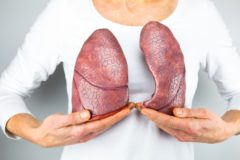
In this activity students use a spirometer to measure their lung volumes. During a normal breathing cycle a couple of lung volume types can be

In this activity students use a spirometer to measure their lung volumes. During a normal breathing cycle a couple of lung volume types can be
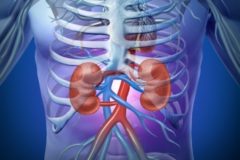
This activity can be used to study the function of the kidneys in detail. Students can investigate the use of EPO and diabetes on the

In this activity students will study their breathing using a thermocouple sensor. They can compare their breathing with that of someone else. And examine the

In this activity the evaporation process is made visible. Human perspiration and evaporation can be examined and compared.
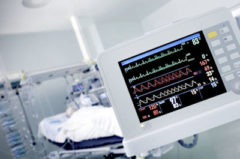
In this activity you will investigate the electrical activity of your heart using an ECG sensor. Also the effect of, for example exercising or a
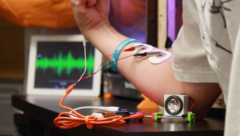
In this investigation students visualize the activity of a muscle with an EKG sensor. Using different weights they are able to study the relation between
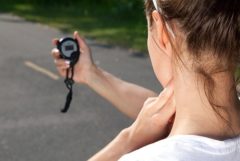
In this activity students measure their heart rate in rest and after exercises. Is there an effect? Is this the same for every student?
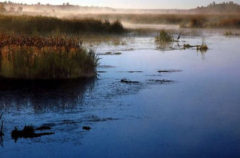
In this experiment students investigate a pond or stream near their school. Abiotic and biotic factors (flora and fauna) both give information about the water
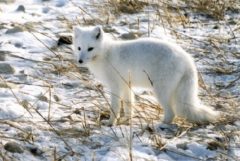
In this activity student study and discuss the relation between the Arctic hare and Arctic fox. The activity can be used as starting activity to
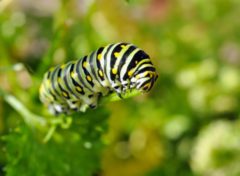
This activity gives students the opportunity to explore the basic principles of population ecology. The model reflects a number of concepts, such as (biological) equilibrium,
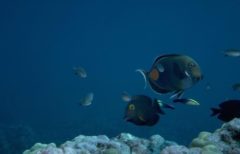
Dissolved oxygen in water is one of the parameters which determine water quality in water body. This activity gives students some basic insights in one
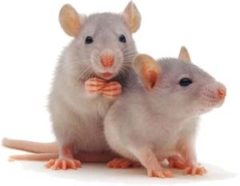
In this activity, students look step by step how certain factors impact the mice population. In the first part exponential growth is examined. In the